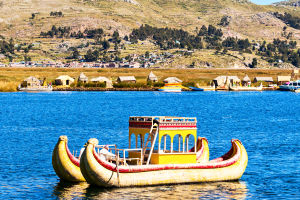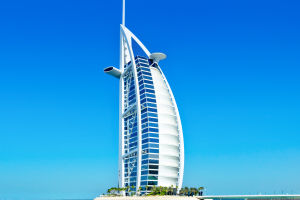Windmills, also known as wind turbines, are renewable energy machines that harness the power of the wind to generate electricity or lift water. These devices have been in use for centuries, and early models were primarily used for milling grains or pumping water.
In recent years, there has been a renewed interest in wind turbines due to their potential to help combat climate change.
Unlike traditional power plants that rely on non-renewable fuels like coal or oil, wind turbines are powered by an abundant and clean source of energy - the wind.
Modern wind turbines are highly advanced machines that are designed to efficiently capture the energy in wind and convert it into electricity.
They consist of a tower, rotor blades, and a nacelle that houses the generator and other key components.
The tower supports the rotor blades, which are shaped like airplane wings and are designed to turn in response to the wind.
As the blades spin, they generate rotational energy that is transferred to the generator, which converts it into electricity.
While wind turbines are most commonly associated with power generation, they can also be used to lift water for irrigation purposes.
In these applications, wind turbines are often referred to as wind pumps.
Wind pumps have been used for centuries to draw water from wells and other sources, and they continue to be used in many parts of the world where electricity is not readily available or affordable.
One of the key advantages of wind turbines is their ability to generate electricity without producing greenhouse gas emissions or other harmful pollutants.
This makes wind power a highly attractive option for countries seeking to reduce their carbon footprint and transition to a cleaner, more sustainable energy system.
In addition, wind power has become increasingly cost-competitive with traditional fossil fuels, making it a viable option for businesses and governments looking to reduce their energy costs.
Despite these benefits, wind turbines do have some limitations.
One of the biggest challenges facing the industry is the intermittent nature of wind power.
Because wind speeds can vary greatly from day to day, it can be difficult to predict exactly how much electricity a wind turbine will generate at any given time. This can make it difficult to integrate wind power into the grid and ensure a stable and reliable supply of electricity.
Another challenge facing the wind power industry is the potential impact on wildlife.
Large wind turbines can pose a risk to birds and bats, and there is ongoing research into ways to mitigate this impact and minimize harm to wildlife.
Overall, wind turbines are an important and rapidly growing source of renewable energy that offers significant benefits in terms of reduced greenhouse gas emissions, cost savings, and energy security.
As technology continues to improve and costs continue to come down, wind power is likely to play an increasingly important role in our transition to a cleaner and more sustainable energy system.


